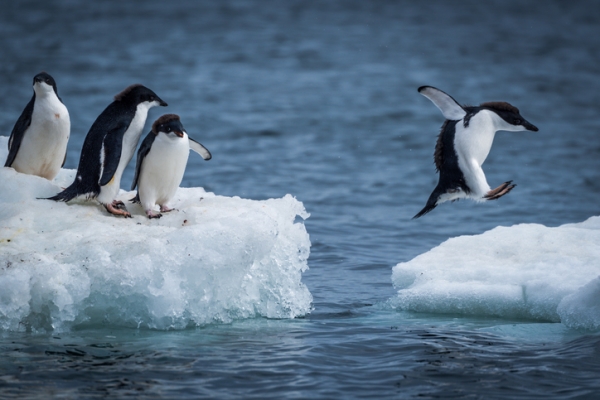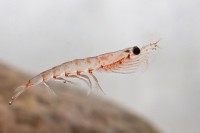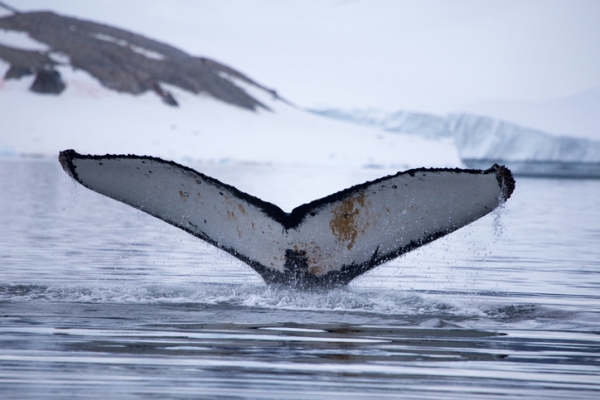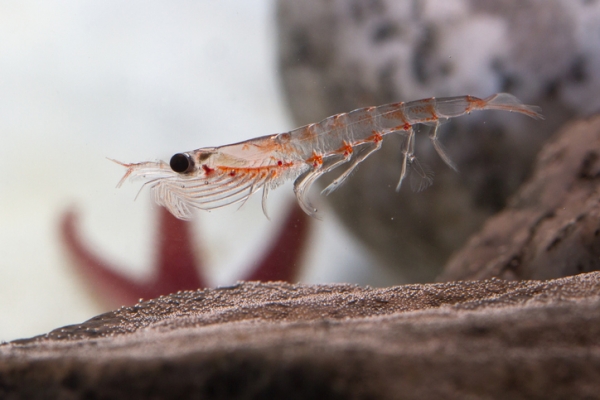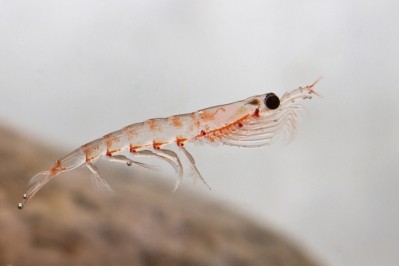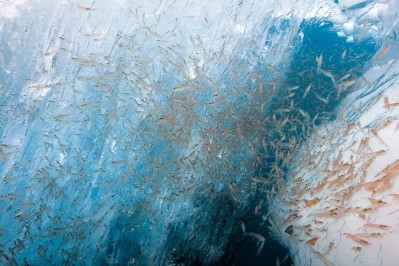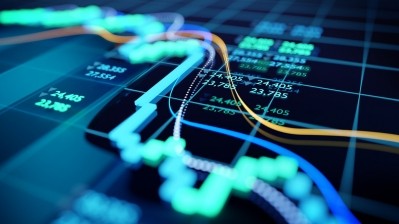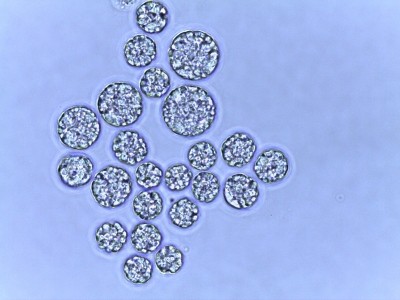How sustainable is the krill meal supply chain?
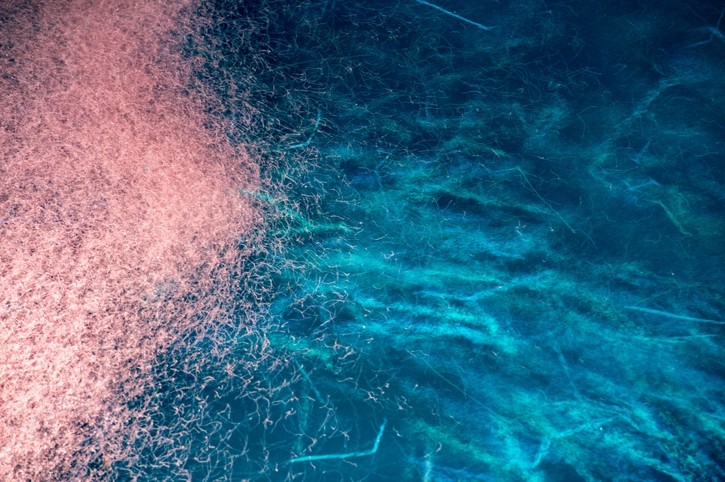
Their claims follow a report by Greenpeace, Licence to Krill, which concluded industrial fishing for krill is posing a serious threat to the Antarctic ecosystem.
Greenpeace’s study on the Antarctic krill fishery over five years indicated a pattern of fishing activity increasingly close to shore and in the immediate vicinity of penguin colonies and whale feeding grounds. It added that such krill fishing is taking place in areas that have been put forward as ocean sanctuaries. “Such protected areas will help these marine ecosystems to build resilience to the combined impacts of climate change, pollution and fishing.”
Greenpeace wants the industry to voluntarily halt fishing in areas under consideration as ocean sanctuaries.
FeedNavigator talked to BioMar and Skretting, along with Aker Biomarine, the Norwegian company that is the biggest player by volume in terms of krill fishing, to get their views on those findings.
Trygve Berg Lea, sustainability manager at the Nutreco owned fish feed manufacturer, the Skretting Group, said the company believes the krill fishery in the Antarctic is, in fact, well managed.
“Some important players like Aker Biomarine have demonstrated that through certification under the Marine Stewardship Council (MSC) standard for responsible fisheries.”
He said fish feed companies also highly rate the role that the Commission for the Conservation of Antarctic Marine Living Resources (CCAMLR) plays in ensuring responsible krill fishing in the Antarctic.
“As I read it, the [call] from Greenpeace is not about stopping krill fishing in Antarctica, but that there should be an established marine sanctuary close to shore.
“As a company we do not have a position on this; Greenpeace has the full right to advocate its view. Chile, Argentina and Germany have also proposed sanctuaries.
“I also understand that fishing companies will fish krill where it is allowed and it will not be easy for them to act on voluntary grounds. As I understand it, the practice of fishing relatively close to shore is a legal practice,” he added.
Krill, tiny shrimp-like animals, are eaten by blue whales and penguins.
Since 2010, the krill-fishing industry has grown steadily, with the entry of Norwegian companies and fishing boats, increased catches by South Korean vessels, and the emergence of the Chinese krill-fishing fleet.
Krill oil is used in human nutritional supplements, while the byproduct, krill meal, is used in farmed fish diets and pet food.
In terms of the nutritional and other fish feed benefits of krill meal, Gundersen explained:
“The advantage of krill meal is that it is naturally high in EPA and DHA, and that it comes in phospholipid form which allows effective delivery of the fatty acids. It is also a very good palatability enhancer and is a natural source of carotenoids. We can use it for all species and also for larvae and in starter diets, and in a relatively low inclusion in grower diets.”
Antarctica is extremely vulnerable and particularly exposed to climate change, said Greenpeace.
Unstable ocean conditions, due to climate change, are a serious threat to the planet in general, and to all life, below water and on land, said Vidar Gundersen, sustainability director at Danish fish feed manufacturer, BioMar.
“It is important that all industries acknowledge and address climate change. However, there is not data showing a decrease in krill biomass, and the krill fishery is a fraction of the unexploited biomass and TAC. There are many safety valves when it comes to the fishing of Antarctic krill, starting with CCAMLR, and that is one of the reasons it is perceived as the best-managed fishery there is by the Sustainable Fisheries Partnership (SFP),” he said.
Aker BioMarine has 'done its homework'
Aker Biomarine is BioMar’s only krill meal supplier, and one that is certified as responsible:
“Aker Biomarine has had things in order for a long time, so to speak. It has done its homework, done its research work with the Antarctic Wildlife Research Fund (AWR), engaged with a lot stakeholders and, of course, certified its operations, and used eco technology on its harvesting. That is why we have that company as a partner.
“We only want krill meal that is MSC certified – that is a KPI for us. It is very important for us that things are transparent and traceable, if you do things right, if things are in order, you can stand tall,” said Gundersen.
BioMar encourages other krill meal suppliers to follow the ‘best practice’ model of Aker Biomarine, he said.
When asked how the Danish group could promote wider responsible sourcing, he said, “What we can do is tell our story, show to customers that retailers have recognized and even adopted our policies and practices on responsible sourcing. For us to improve, feedback from stakeholders is very important and, so far, they are overwhelmingly constructive and positive.”
Cilia Indahl, sustainability director at Aker Biomarine, said the supplier is working with Greenpeace and other NGOs to ensure the Antarctic region is protected and intends to continue this approach.
“We believe that sustainable fisheries and marine protected areas can and should coexist.” She said that view is shared by the Marine Stewardship Council (MSC) and other NGOs caring for the world oceans.
Aker has been in dialogue for many years with several of the environmental groups working on marine protected areas (MPAs), said Indahl.
“Greenpeace has now entered that space and that conversation. I think it is actually healthy for the dialogue that it has come in. What we have seen as a positive trend in Greenpeace’s communication is that it is now acknowledging and accepting the [Antarctic krill] fishery and its trawling is being well-managed but it is asking for a protected zone spanning 30 kilometers from the coast.”
Truls Gulowsen, head of Greenpeace Norway, talking to Norwegian media outlet, Fiskeribladet, acknowledged that Aker is good at listening to advice and feedback from Greenpeace and other environmental organizations:
“The company also expends resources on the research we seek. Furthermore, the harvesting technology used by Aker is of a higher standard. The situation, though, is not so positive with the trawling companies from China, South Korea, and the Ukraine,” he said.
Keith Reid, a science manager at CCAMLR, told the Guardian although more krill fishing was taking place nearer penguin colonies along the coast, it was often happening later in the season when these colonies were empty.
Indahl weighed in on that: “Krill moves around. Sometimes it is near the coast, sometimes it is not. We have no scientific evidence that it is actually harmful to fish along the coast but we are looking into this topic with scientists, and, for the last few years, we have not fished there during the breeding season of the penguins. Definitely, there needs to be more research into this topic.”
Aker’s krill fishery operation received MSC certification in 2010, a decision questioned by Greenpeace in its report. The activists said three key issues were not taken into account in the MSC’s decision: the potential effects of climate change; the impact of all the fisheries targeting krill in the Antarctic; and our limited understanding of the krill’s life cycle and its importance to the food web.
However, Indahl stressed that the MSC full assessment for fisheries is a detailed, public, rigorous process, and the last renewal of its certification saw no opposition from any stakeholders.
Krill biomass monitoring
“One of the biggest weaknesses that NGOs often point to [in respect of MSC certification of krill fishing] is that the total biomass in the area in which Aker Biomarine krill fishes has not been updated for many years,” she said.
However, since 2011, there have been annual small spatial scaled krill monitoring programs carried out by the Institute of Marine Research (IMR) that can be used to answer some questions about change in the krill stock, continued Indahl.
“Those surveys show neither an increase nor a decrease in the krill biomass in the Antarctic.”
A new krill biomass survey is scheduled for early next year.
The krill industry will be contributing their fleets, led by independent researches onboard, to make this survey happen because they recognize they have an environmental responsibility in these areas and their long-term operations depend on it, said Indahl.
Ocean sanctuaries
There is growing political momentum behind the creation of ocean sanctuaries, including in the Antarctic, noted Greenpeace in the report.
Conservationists want tracts of Antarctic waters protected until scientists better understand the links between different species of marine life there.
Indahl said while Aker Biomarine has already been working with scientists to see how it can support the establishment of MPAs, she noted that there are several categories of MPAs, which adds to the complexity of the topic.
“It is easy to say you shouldn’t fish along the shore for 30km, but another thing is understanding why we have MPAs, and often of course, it is to protect the biodiversity in the area, but we know that any fish or any species in the area move around, and blocking off one area might not actually protect the species.
“The other thing is that when the fishery in the area has been declared as sustainable, it shouldn't actually be a stress to the ecosystem when the out-take from the biomass is incredibly low such as in the krill fishery."
A sustainable fishery means that it is harvested below the species’ ability to regenerate itself and for its biomass to live on - for a typical fishery that means having a catch below 10% of the biomass (FAO 2016). For the krill fishery, the quota is set to 620,000 metric tons, which is around 1% of the total estimated biomass of the krill.
“All 11 vessels that harvest Antarctic krill only catch [remove] 0.5% of the krill biomass,” said Indahl.
Climate change
If the current trends of increasing CO2 and warming continue, Antarctic krill could lose between 20% and 55% of their habitat by the end of the century, warned Greenpeace.
Andrea Kavanagh, the Washington-based director of the Pew Charitable Trusts’ global penguin conservation campaign, told the New York Times in 2015: “We are concerned with the concentrated fishing around the Antarctic Peninsula, which is also the fastest warming place on the planet."
We monitor climate change in the area quite closely,” said Indahl.
She said there have also been studies undertaken by Australia’s Antarctic Division trying to show the impact of ocean acidification – higher levels of CO2 on the ocean - on krill. That research is showing that at a very high level, acidification may cause some of the krill embryos not to develop, eventually resulting in diminished krill stocks, but that level of CO2 in the ocean is not estimated before the year 2100.
“It is thought, that if we reach that high level of CO2 in the Antarctic ocean, Antarctic krill will adapt and move around, as the high levels of CO2 will be closer to the seabed and the concentration of CO2 would be less closer to the surface. That claim is thus not very strong.”
